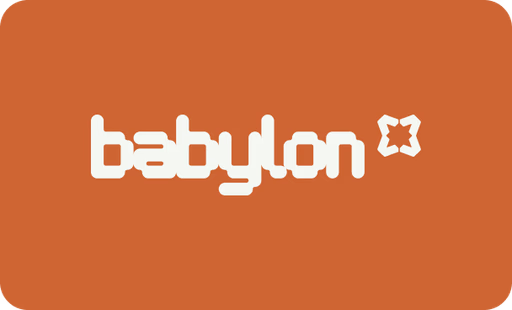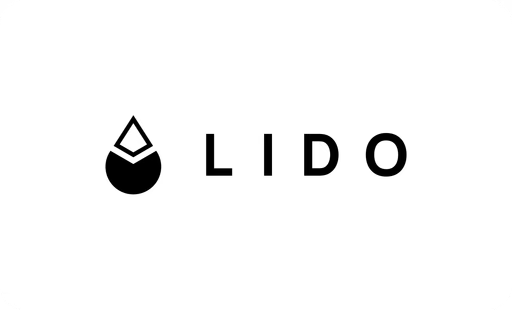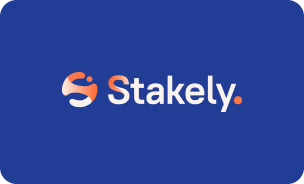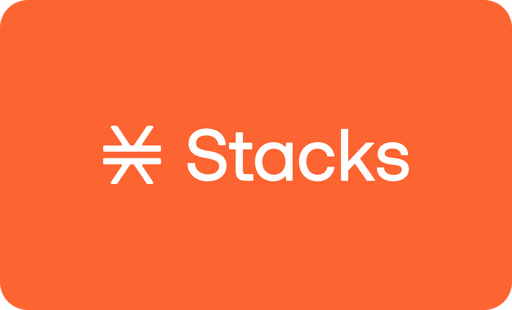The Recap Talk is a post-summit roundtable featuring top staking, finance, and compliance experts. This exclusive session breaks down what happened at Staking Summit Dubai—beyond the headlines, delivering actionable insights for institutional staking, risk, and digital asset operations teams.
📌 Key topics include:
✔ Major takeaways from Staking Summit Dubai 2025.
✔ Behind-the-scenes context from keynote sessions and networking events.
✔ Trends in institutional staking, yield strategies, and regulatory compliance.
✔ How enterprises and protocols are preparing for the next era of Proof-of-Stake and yield innovation.
🔗 Sign up now for the Staking Summit Dubai 2025 Recap Talk.









